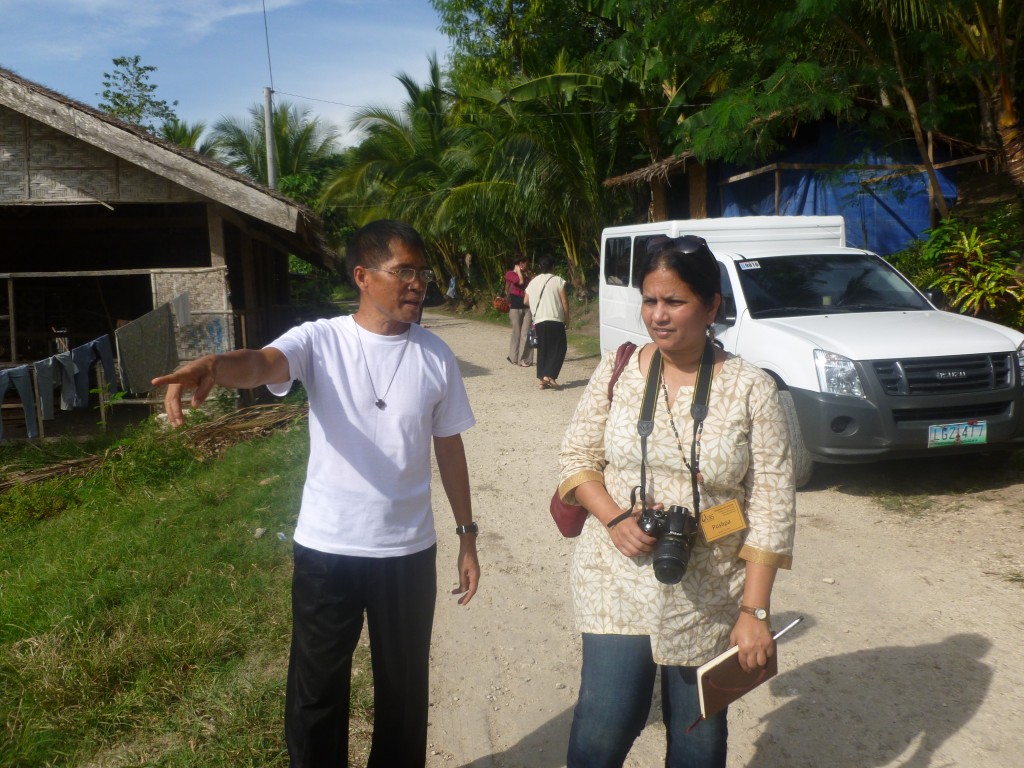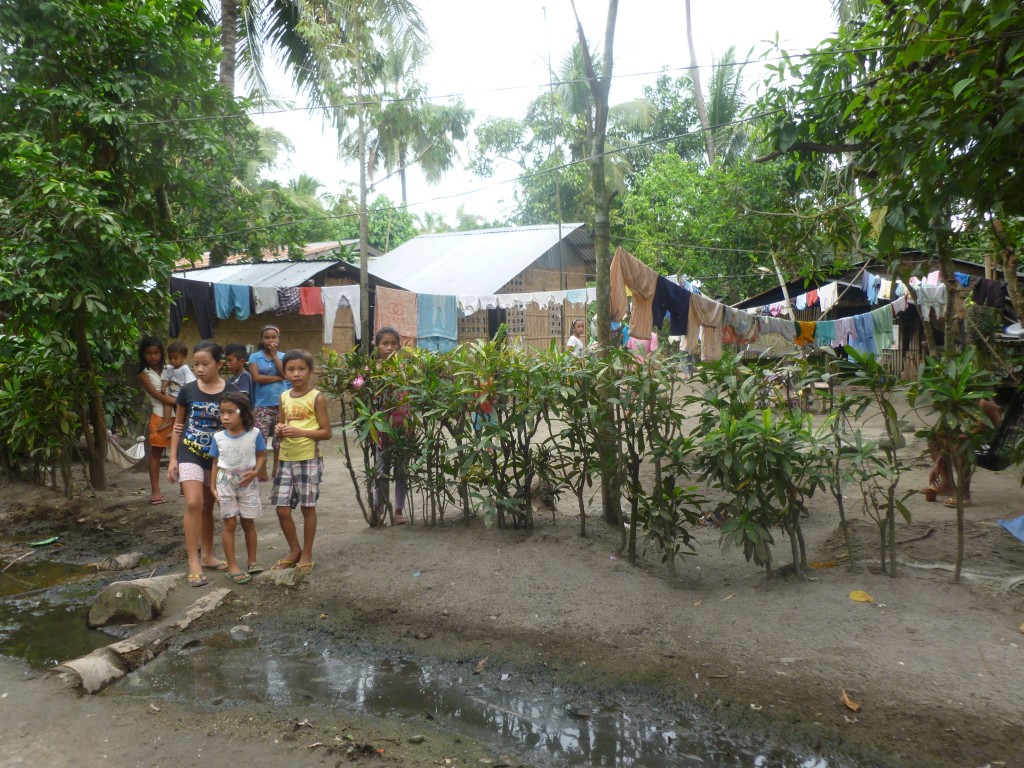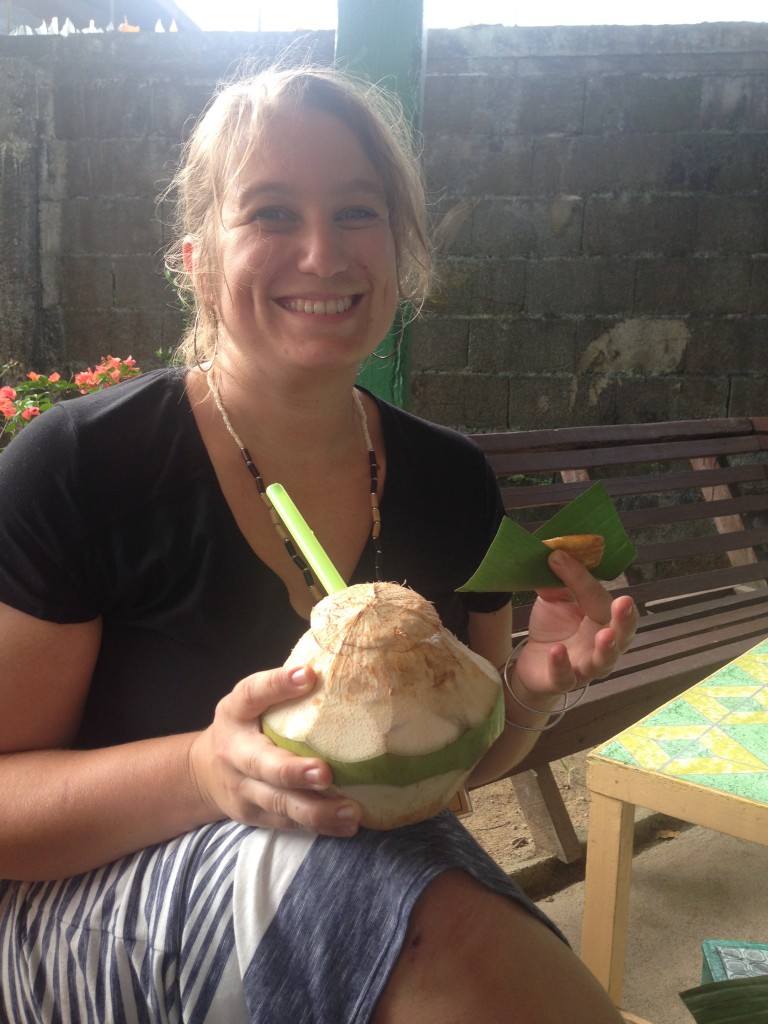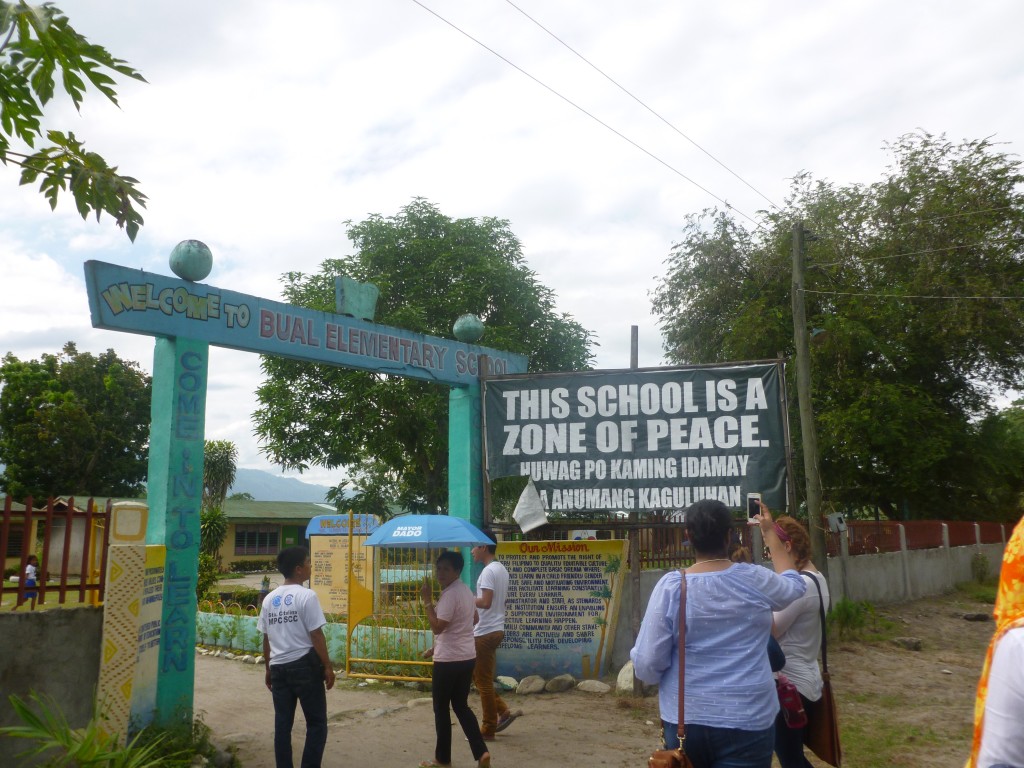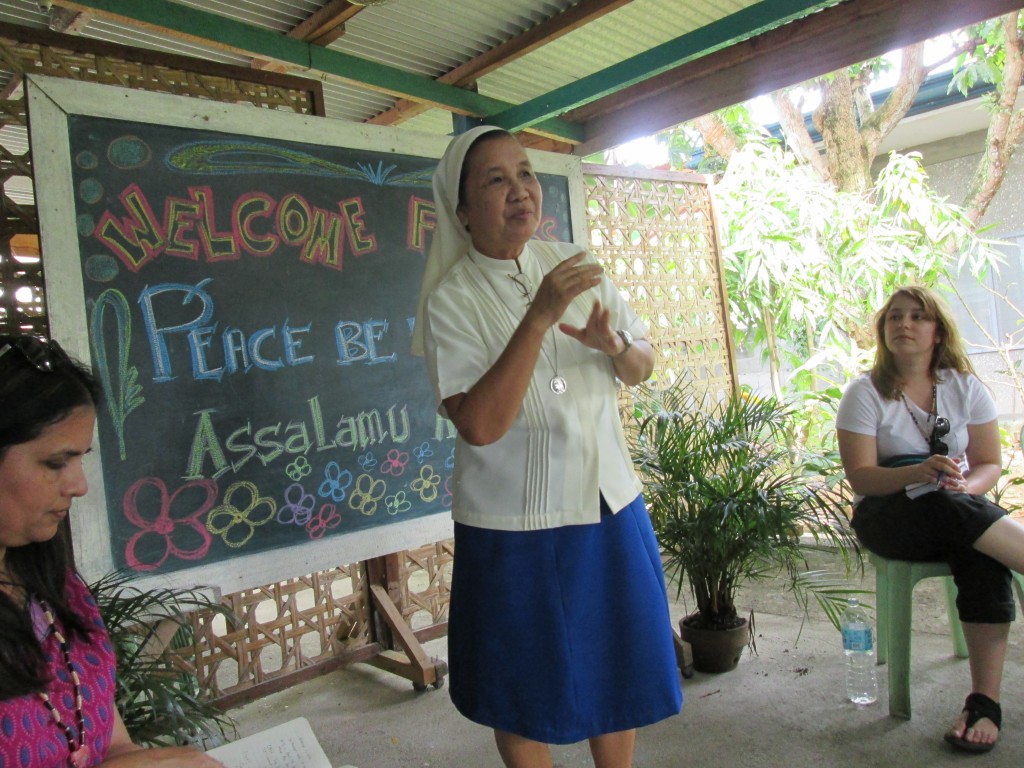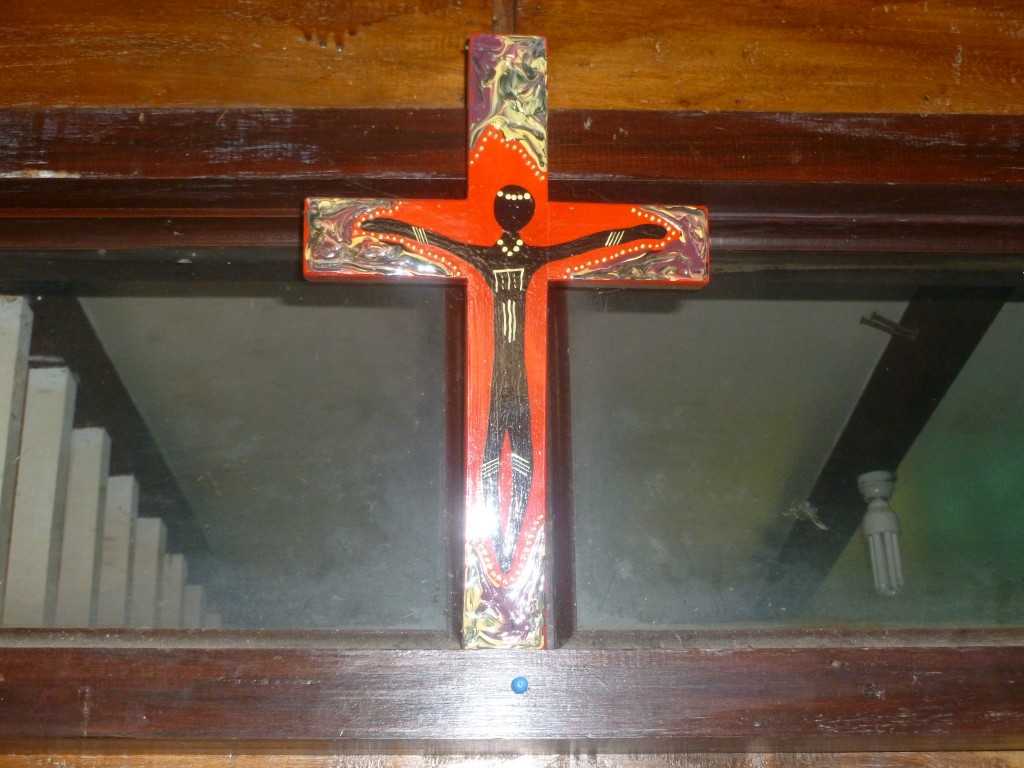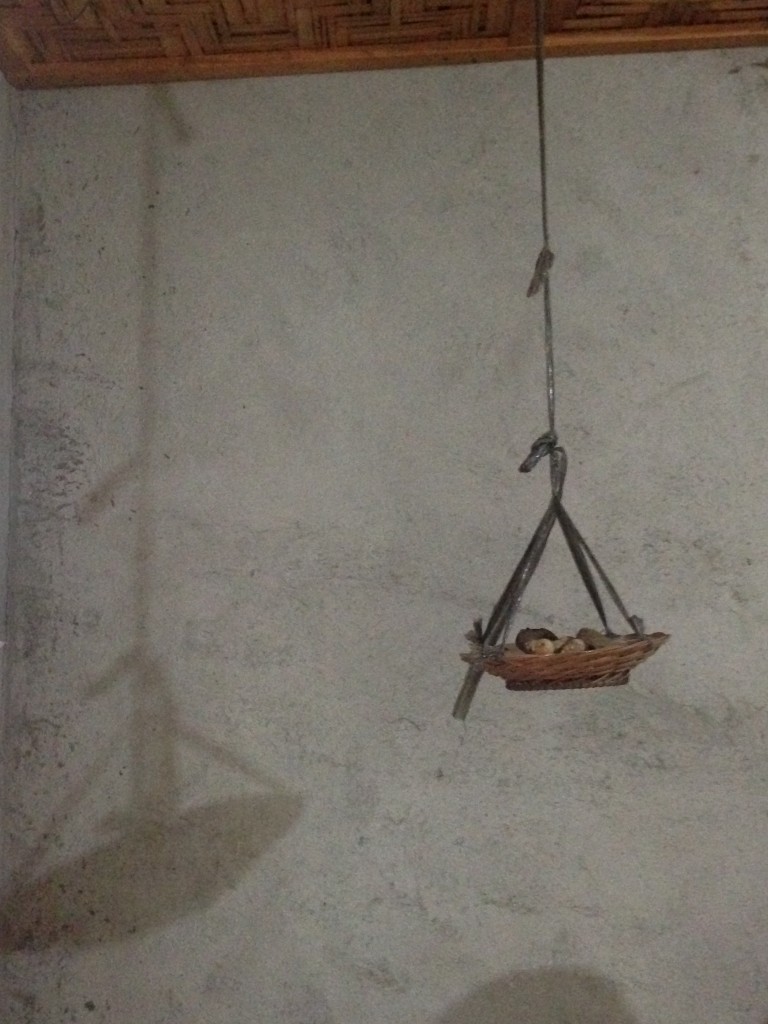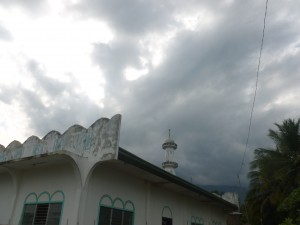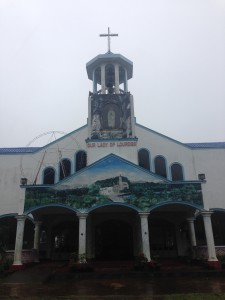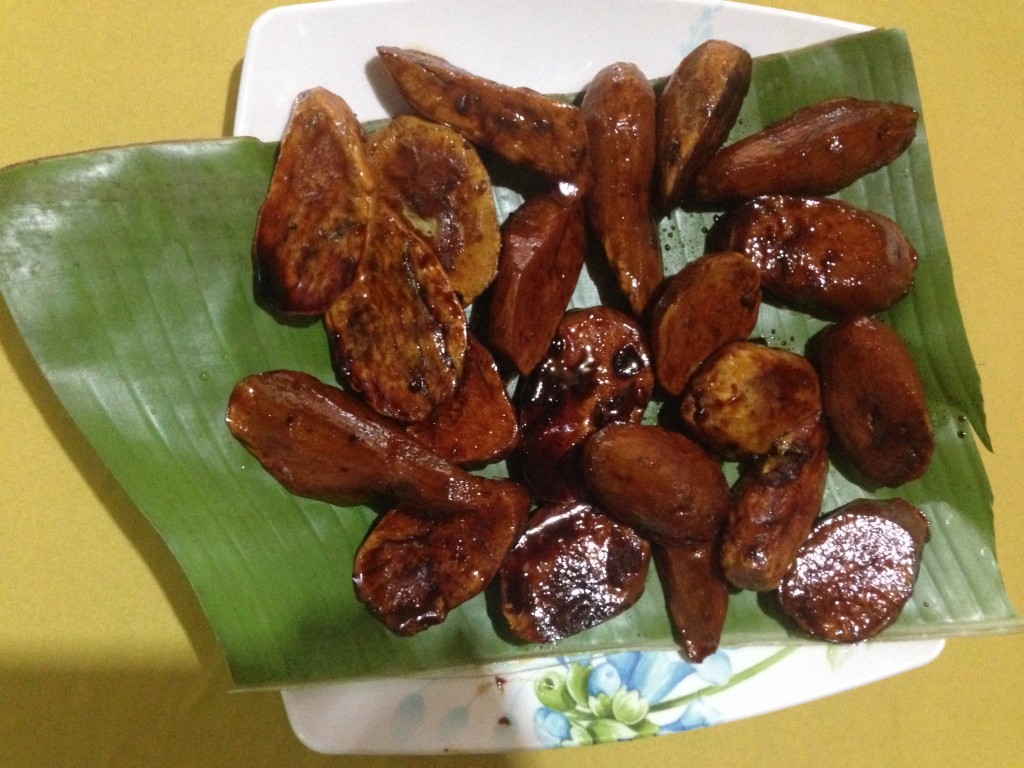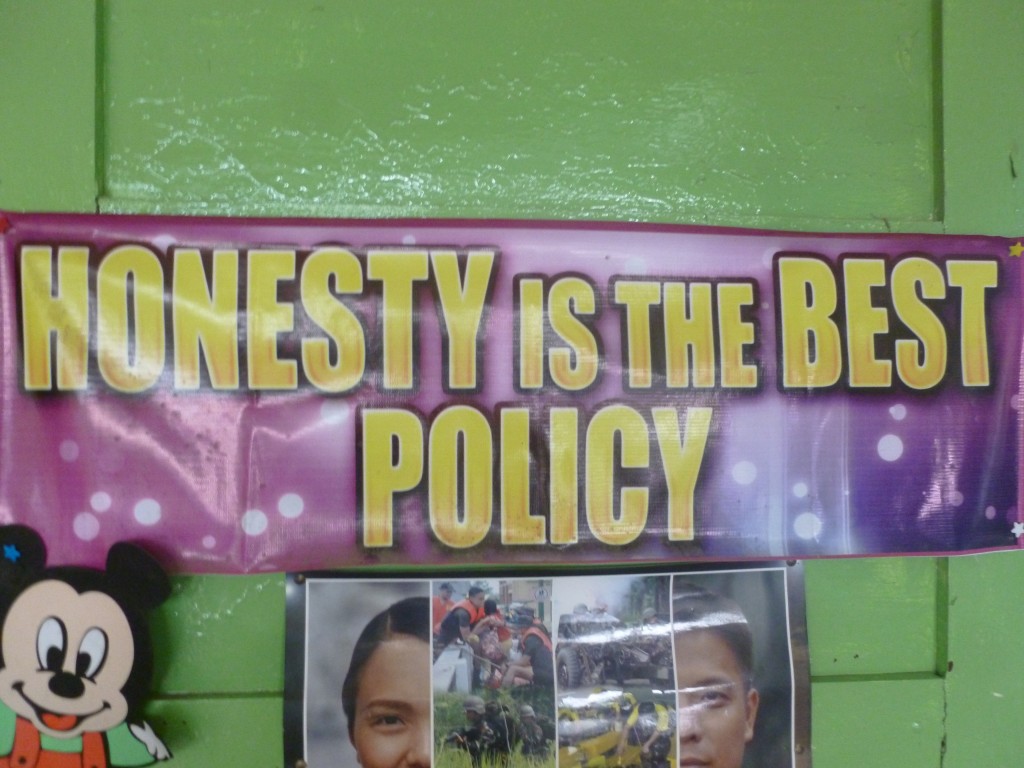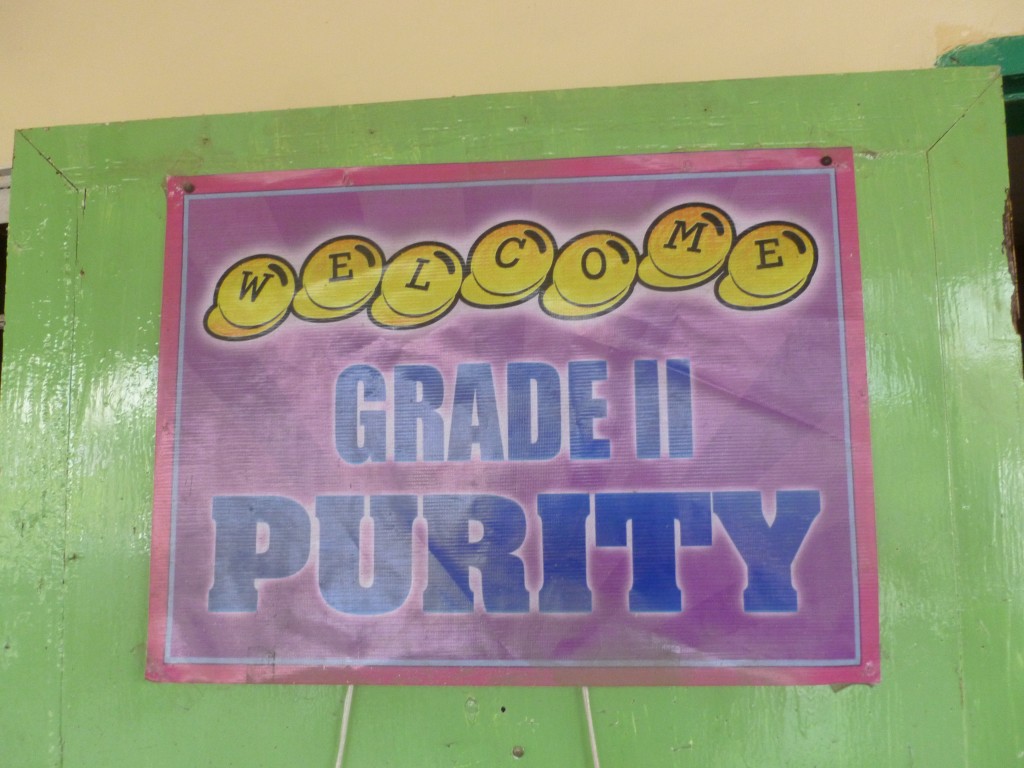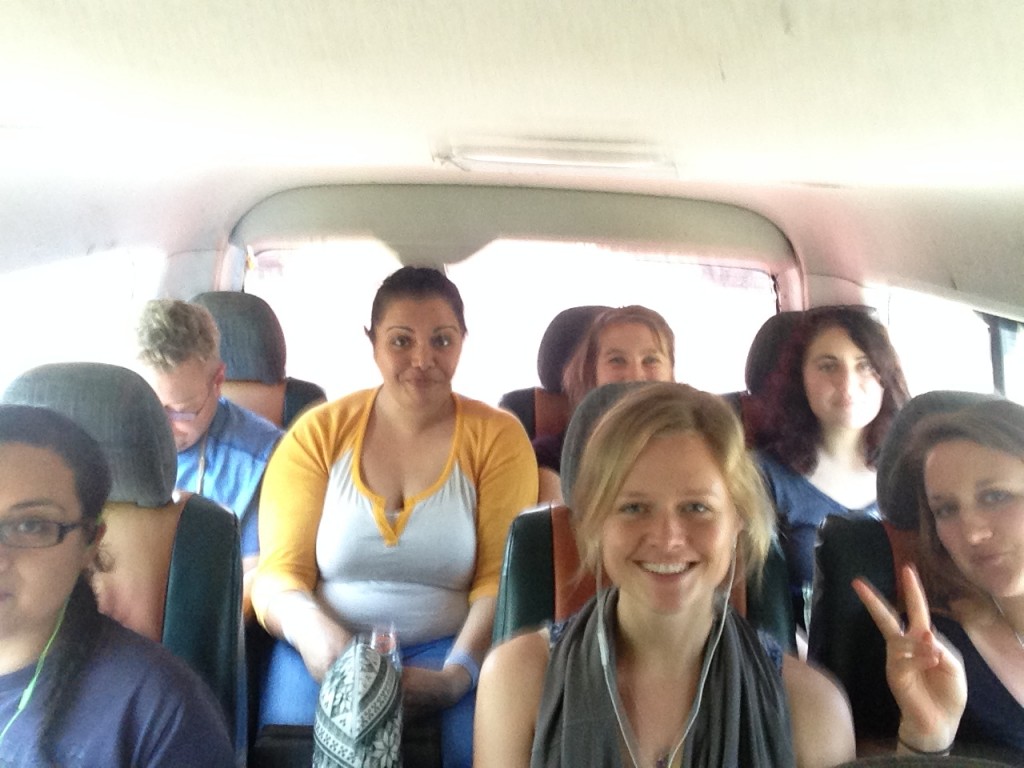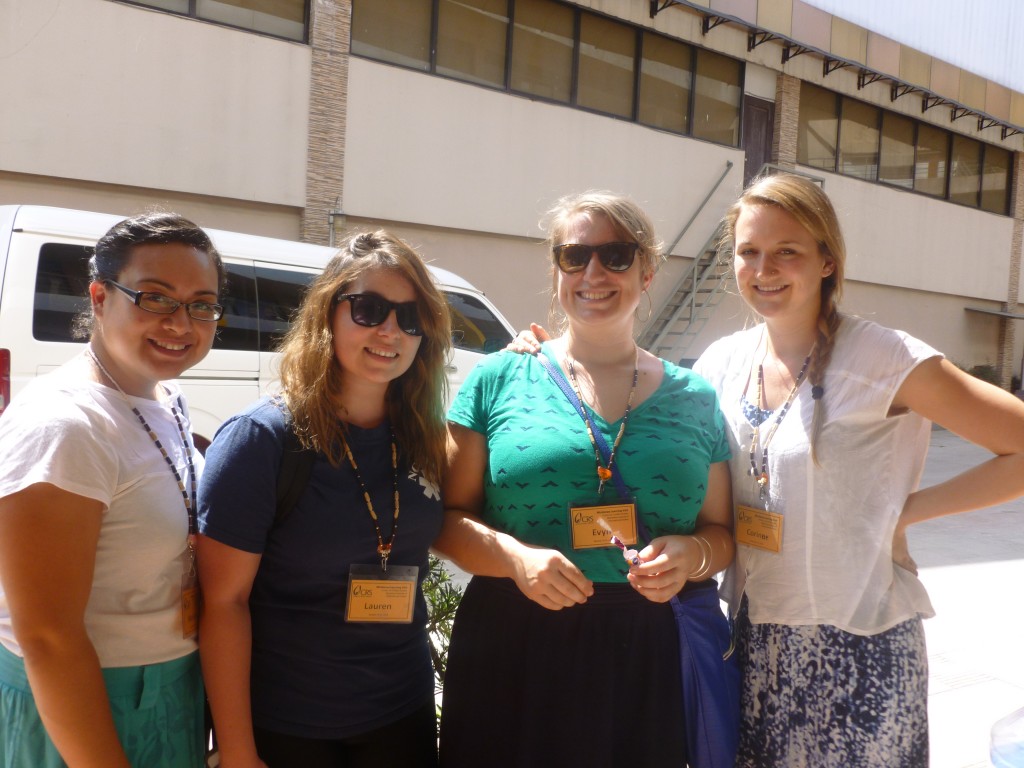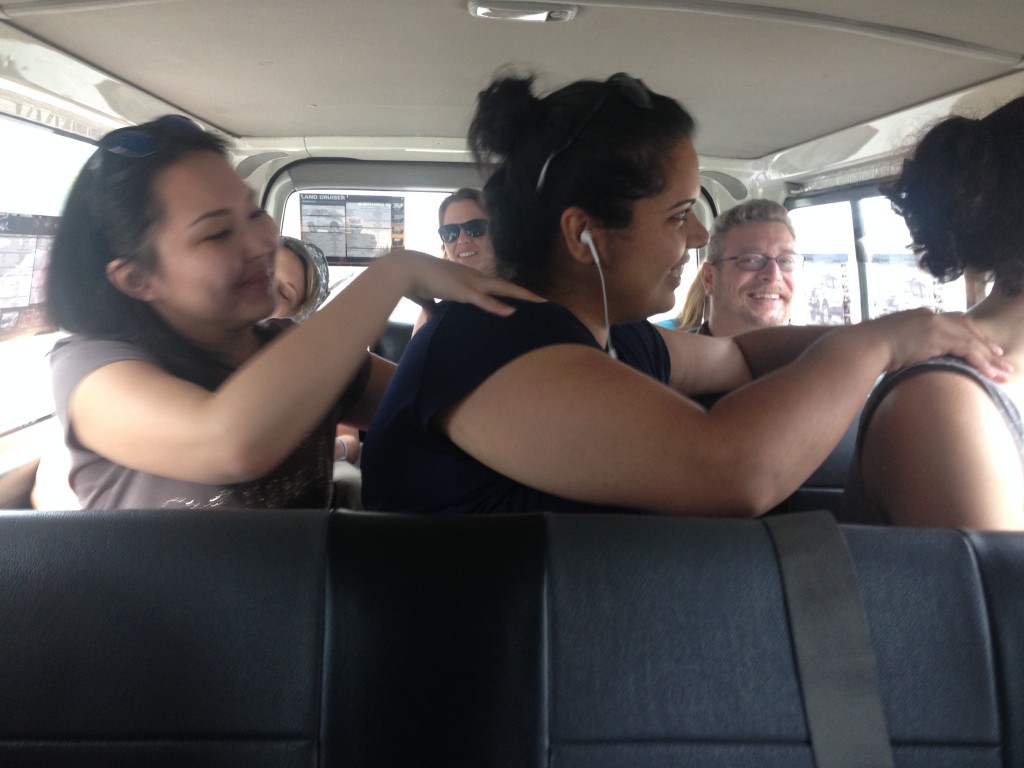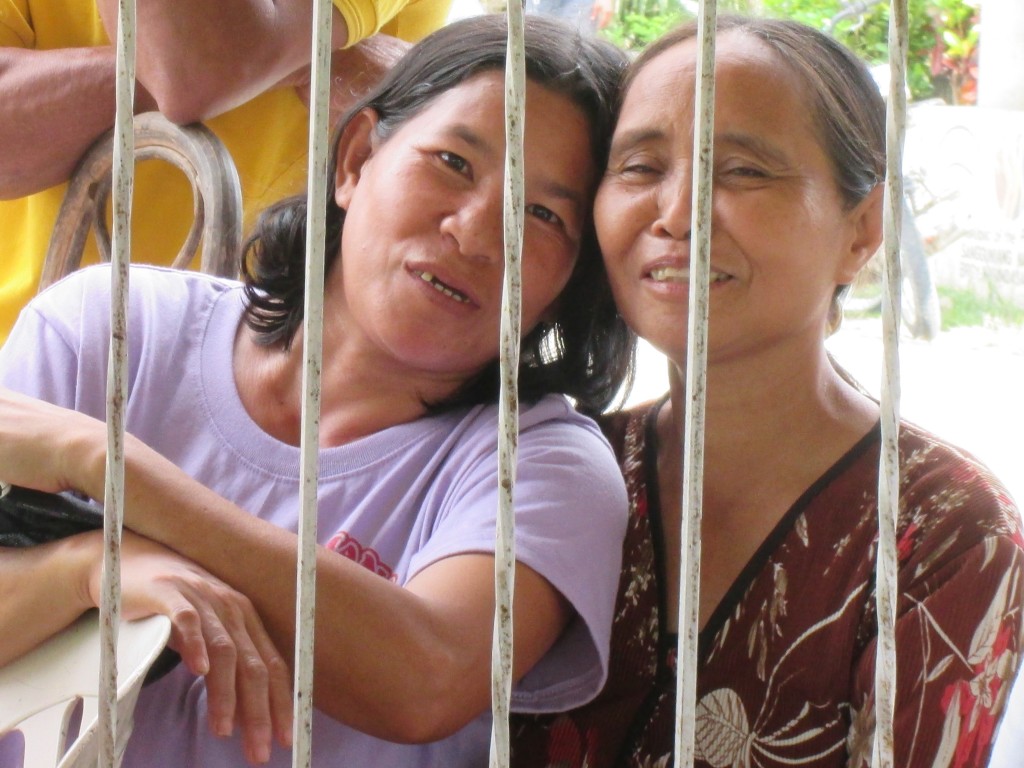
How many times after watching a story fall flat, recounting a joke or experience, have you shrugged and said, “Well, I guess you had to be there.” Not every experience is verbally transferrable.
But the researchers task is to select and gather the relevant data, analyze and present in coherent form; “you had to be there” is not a legitimate research conclusion, and yet I think you actually do have to “be there” to really begin to understand a protracted conflict, to be immersed in the world created by it and the interpretations of those who are living in it. It’s what makes fieldwork such a critical if imperfect foundation of any analysis; analysts and stakeholders who have never confronted the complex realities on the ground are in danger of exacerbating existing fault lines. Many legislators, wealthy landowners, agribusiness, and extraction company planners, investors, and shareholders, for instance, all share the distinction of not “being there;” i.e. are typically far removed from the conflict role they are playing in Mindanao. Playing a role while not really “being there” is part of the problem.
Being there isn’t enough; fieldwork must be accompanied by informed analysis in order to maintain critical perspective. As I have learned more about conflict resolution, peacebuilding, and development, I have become more familiar with the theories, languages, the dominant discourse and issues of core debate in the field. That language is based in experiences of much greater depth, breadth, and length than my own, and it is a critical tool for doing effective analysis and impactful work (yes, innovation is valuable, but not ignorance). And yet lately I find myself resistant to the ongoing process of translating my experience in Mindanao through those frames. While I have a few different ways of summarizing the course in Mindanao and any number of stories to tell, for me there is still something incommunicable about the experience in zones of intractable conflict.
Some piece of this is that the usage of common terms can be distancing, as if “Mindanao” started as words and ideas and then became real to me… but now must be turned back in to the abstract. “Real to me” is not simply informed by the proximity to the obvious manifestations and consequences of conflict, the permeating culture of violence, the poverty, the ongoing trauma. Nor is it the saturating presence of the landscape, language, fragrance, or the personal experience of days without enough sleep, my bout with illness, struggles with the heat, challenges around food; “real” is most importantly, people who could look back at me, contest my assumptions, and challenge my gaze.
There is something about the human gaze that is still so mysterious, never more so than when we are an outsider, or when we are meeting one. To arrive without all the trappings of your known world, to however briefly disengage that safety net of the thousand little things that tell you who you are and where you belong, and to genuinely meet that gaze is deeply moving, and I find it- despite all the writing and talking I have done and will do about Mindanao- to be deeply silencing. Not a silence of denial, but of stillness, awareness of what cannot be captured and retold.
I keep getting the feeling that I haven’t come home from Mindanao. I am not a party to the conflict in Mindanao. I am not inside it. But I don’t think I will ever be completely outside of it again, either.

